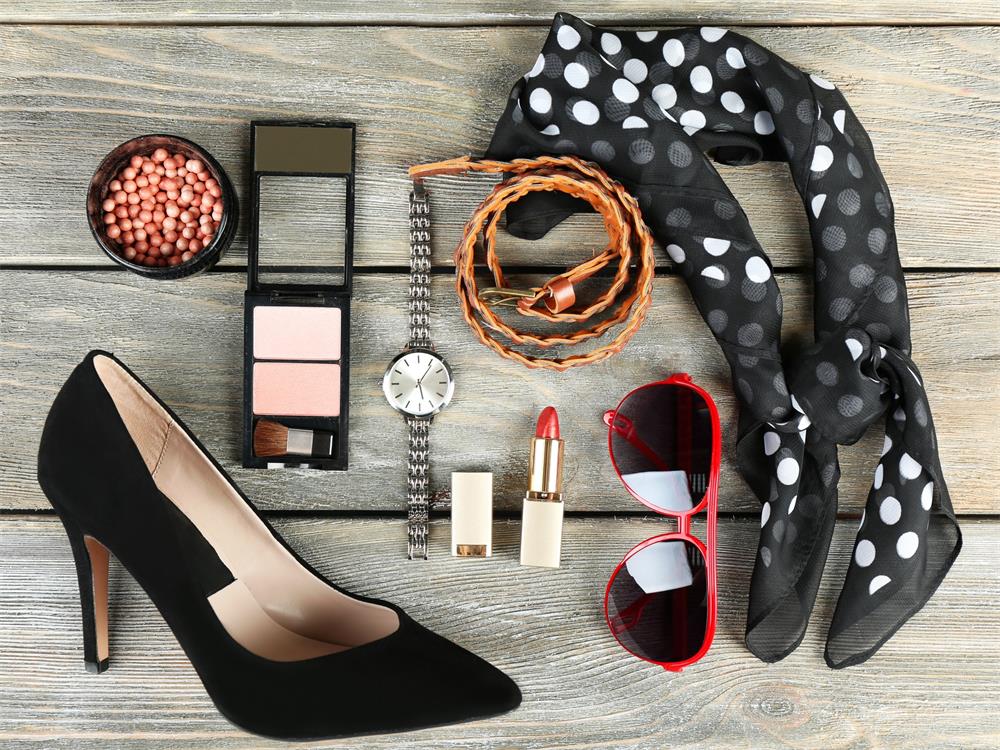Contents
Layering clothing is a smart way to stay comfortable and adaptable in changing weather conditions. By wearing multiple layers of clothing, you can regulate your body temperature and protect yourself from wind, rain, snow and cold. In this article, we will explain the basics of layering clothing for fall and winter, and provide some examples of layer combinations for different activities and scenarios.
The Function of Each Layer
The general principle of layering clothing is to wear three main layers: a base layer, a middle layer and an outer layer. Each layer has a specific function and works together with the other layers to keep you warm and dry.
- Base layer: This is the layer that touches your skin and wicks away sweat and moisture. It should be made of a breathable and quick-drying material, such as synthetic fabrics (polyester, nylon) or natural fibers (merino wool, silk). The base layer should fit snugly but not too tight, and it should cover as much of your body as possible. You can choose between different weights of base layers depending on the temperature and your activity level: lightweight for mild or warm conditions, midweight for cool or cold conditions, and heavyweight for very cold or extreme conditions.
- Middle layer: This is the layer that provides insulation and retains body heat. It should be made of a warm and fluffy material, such as fleece, wool, down or synthetic insulation. The middle layer should fit loosely enough to allow some air space between the layers, but not too bulky to restrict your movement. You can adjust the thickness and number of middle layers depending on the temperature and your activity level: one thin or medium layer for mild or cool conditions, two medium or thick layers for cold or very cold conditions, and three or more layers for extreme conditions.
- Outer layer: This is the layer that shields you from wind, rain, snow and other elements. It should be made of waterproof or water-resistant and windproof material, such as nylon, polyester or Gore-Tex. The outer layer should fit comfortably over the other layers, but not too loose to flap around or create gaps. You can choose between different types of outer layers depending on the weather and your activity level: a wind jacket or vest for mild or dry conditions, a soft shell jacket or pants for cool or wet conditions, and a hard shell jacket or pants for cold or stormy conditions.
How to Layer Clothing for Different Activities and Scenarios
The following are some examples of how to layer clothing for different activities and scenarios in fall and winter. These are only general guidelines and you may need to adjust them according to your personal preference, metabolism and weather forecast.
Hiking
Hiking is a moderate to high-intensity activity that can make you sweat a lot, especially if you are carrying a backpack. You need to balance warmth and breathability when layering clothing for hiking.
- Base layer: A lightweight or midweight synthetic or wool shirt (long-sleeved or short-sleeved depending on the sun exposure) and pants or leggings.
- Middle layer: A lightweight or midweight fleece jacket or vest that can be easily zipped up or down to regulate your temperature.
- Outer layer: A lightweight soft shell jacket that is water-resistant and windproof but also breathable. A lightweight rain jacket that can be packed into a pocket or backpack in case of sudden showers. A pair of soft-shell pants that are water-resistant and stretchy for comfort.
- Accessories: A hat or headband that covers your ears, a pair of gloves that are thin but warm, a scarf or neck gaiter that can be pulled up over your mouth and nose if it gets windy or cold, a pair of wool or synthetic socks that wick moisture and prevent blisters, and a pair of hiking boots that are waterproof and have good traction.
Skiing
Skiing is a high-intensity activity that can expose you to extreme cold, wind and snow. You need to maximize warmth and protection when layering clothing for skiing.
- Base layer: A midweight or heavyweight synthetic or wool shirt (long-sleeved with a zip-neck for ventilation) and pants (tights or long underwear).
- Middle layer: A midweight or heavyweight fleece jacket or sweater that provides insulation and warmth. A down jacket or vest that can be worn over the fleece layer for extra warmth on very cold days.
- Outer layer: A hard shell jacket that is waterproof, windproof and breathable. Hard shell pants that are waterproof, windproof and breathable. Both the jacket and pants should have vents, zippers and pockets for convenience and comfort.
- Accessories: A ski helmet that fits snugly and protects your head, a pair of ski goggles that protect your eyes from glare and snow, a balaclava or ski mask that covers your face and neck, a pair of ski gloves or mittens that are waterproof and insulated, a pair of wool or synthetic socks that wick moisture and keep your feet warm, and a pair of ski boots that are comfortable and compatible with your skis.
Casual
Casual is a low-intensity activity that can involve sitting or standing outdoors for long periods of time. You need to prioritize style and comfort when layering clothing for casual.
- Base layer: A basic tank top, camisole, or thin shirt with short or long sleeves³.
- Middle layer: A shirt with a collar. You could try a solid-colored shirt, plaid, or denim³. A sweater with a cardigan, pullover, or vest. Let the collar from the middle layer pop out³.
- Outer layer: A jacket with synthetic insulation, wool, leather or denim. A coat with wool, down or synthetic insulation. A trench coat or pea coat for a classic look. A parka or puffer jacket for a cozy look.
- Accessories: A hat or beanie that adds some flair to your outfit, a pair of gloves or mittens that match your jacket or coat, a scarf or shawl that adds some color and warmth to your neck, a pair of socks that are cozy and stylish, and a pair of shoes or boots that are comfortable and fashionable.
Conclusion
Layering clothing is an essential skill for staying comfortable and adaptable in fall and winter. By following the basic principles of layering clothing and adjusting them to your specific needs and preferences, you can enjoy the outdoors in any weather condition. Happy layering!











